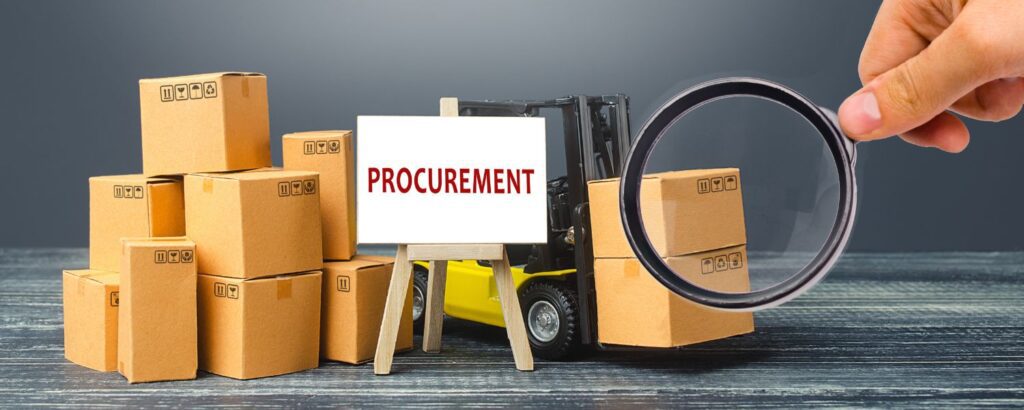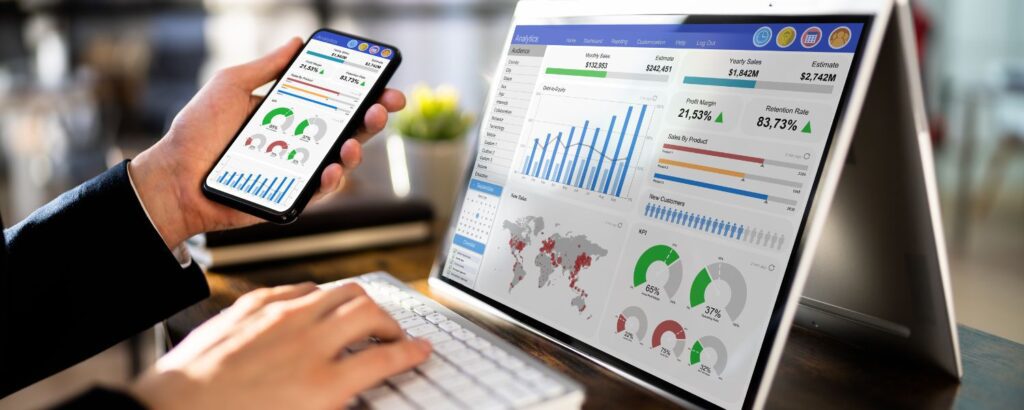In today’s world, sustainability has become a crucial component of corporate strategy. As environmental concerns and social responsibility gain prominence, businesses are increasingly focusing on sustainability performance indicators to guide their operations and decision-making processes.
These indicators help companies measure and manage their environmental and social impacts, ensuring they meet both regulatory requirements and stakeholder expectations.
This comprehensive guide explores the importance of sustainability performance indicators, how to measure sustainable performance, and the key performance indicators (KPIs) relevant to various aspects of sustainability.
How to Measure Sustainable Performance?

Measuring sustainable performance involves assessing how well a company adheres to its sustainability goals and objectives. This process can be complex, but it is essential for understanding a company’s impact and progress. Here’s a simplified approach:
1. Set Clear Goals
Define what sustainability means for your organization. This includes setting specific, measurable, achievable, relevant, and time-bound (SMART) goals.
2. Select Relevant KPIs
Choose the right sustainability performance indicators that align with your goals. These indicators should cover various aspects such as environmental impact, social responsibility, and economic performance. This includes considering sustainable logistics practices.
3. Collect Data
Gather data related to the chosen KPIs. This could involve tracking energy consumption, waste production, and other relevant metrics.
4. Analyze and Report
Use sustainability performance management software or tools to analyze the collected data. Generate reports to assess performance and identify areas for improvement.
5. Review and Adjust
Regularly review the performance data and adjust strategies as needed to ensure continuous improvement.
What Are the KPIs for Sustainable Procurement?

Sustainable procurement involves integrating environmental and social criteria into the procurement process. Key KPIs for sustainable procurement include:
1. Supplier Sustainability Performance
Measures how well suppliers adhere to sustainability standards and practices.
2. Percentage of Sustainable Suppliers
Indicates the proportion of suppliers that meet specific sustainability criteria.
3. Sustainable Product Percentage
Tracks the percentage of products sourced that are certified as sustainable.
4. Eco-friendly Materials
Assesses the use of environmentally friendly materials in products.
5. Supplier Diversity
Measures the proportion of procurement spend with diverse suppliers, including those owned by minorities, women, or other underrepresented groups.
Incorporating sustainable technology enhances these metrics, fostering greater environmental responsibility and innovation in procurement processes.nd innovation in procurement processes.
Environmental Sustainability Metrics

Environmental sustainability metrics focus on a company’s impact on the environment. These metrics help businesses understand and reduce their environmental footprint. Key environmental metrics include:
1. Energy Consumption
Measures the total energy used by a company, including electricity, gas, and other forms of energy.
2. Carbon Footprint
Calculates the total amount of greenhouse gasses emitted by the company, often measured in CO2 equivalents.
3. Water Usage
Tracks the amount of water consumed in operations.
4. Waste Generation
Monitors the total amount of waste produced and how it is managed or disposed of.
Energy and Emissions

Energy consumption and emissions are critical components of environmental sustainability. Companies aim to reduce their energy use and emissions to minimize their environmental impact.
1. Energy Consumption
This KPI tracks the amount of energy used across various operations. Reducing energy consumption can lead to cost savings and lower emissions.
2. Emissions
This includes measuring direct and indirect greenhouse gas emissions. Companies often set targets for reducing their emissions over time, which is vital for combatting climate change.
Social and Governmental Metrics

Social and governmental metrics focus on a company’s social impact and compliance with regulations. These metrics help companies ensure they are operating ethically and contributing positively to society.
1. Employee Satisfaction and Well-being
Measures employee engagement, job satisfaction, and overall well-being.
2. Diversity and Inclusion
Tracks the representation of various demographics within the company and its initiatives to promote diversity and inclusion.
3. Community Engagement
Assesses the company’s involvement in local communities and social responsibility initiatives.
4. Regulatory Compliance
Ensures the company adheres to all relevant laws and regulations related to sustainability.
What Can Procurement Leaders Do?

Procurement leaders play a crucial role in driving sustainability within their organizations. Here are some actions they can take:
1. Develop a Sustainable Procurement Strategy
Create a strategy that incorporates sustainability into procurement processes and decision-making.
2. Engage with Suppliers
Work closely with suppliers to ensure they meet sustainability standards and encourage them to adopt sustainable practices.
3. Monitor and Report
Use sustainability performance indicators software to track and report on procurement sustainability metrics.
4. Promote Transparency
Ensure transparency in procurement processes and communicate sustainability goals and progress to stakeholders.
Success Factors in Sustainability Tracking

Successful sustainability tracking relies on several factors:
1. Clear Objectives
Define clear and achievable sustainability objectives.
2. Accurate Data Collection
Ensure accurate and consistent data collection methods.
3. Effective Tools
Utilize sustainability performance management tools and software for data analysis and reporting.
4. Regular Review
Periodically review performance data and adjust strategies as needed.
5. Stakeholder Engagement
Engage stakeholders in sustainability efforts and communicate progress effectively.
Key Sustainability KPIs for E-commerce

For e-commerce companies, sustainability performance is crucial as online shopping grows. Key KPIs for e-commerce include:
1. Carbon Footprint
Measures the total greenhouse gas emissions associated with online operations, including shipping and packaging.
2. Energy Consumption
Tracks the energy used by data centers, warehouses, and other facilities.
3. Packaging Waste
Assesses the amount of waste generated from packaging and the use of sustainable packaging materials.
4. Product Return Rate
Monitors the rate at which products are returned, which can impact overall sustainability.
The 5 Most Important KPIs for Sustainability in the Company

To effectively manage sustainability, companies should focus on the following five KPIs:
1. Carbon Footprint
Measures the total greenhouse gas emissions generated by the company. Reducing the carbon footprint is essential for mitigating climate change.
2. Energy Consumption
Tracks the total amount of energy used. Reducing energy consumption can lower costs and emissions.
3. Supply Chain Miles
Measures the distance products travel from production to consumer. Shortening supply chain miles can reduce emissions and costs.
4. Product Recycling Rate
Assesses the percentage of products that are recycled at the end of their life cycle. Increasing recycling rates helps reduce waste.
5. Waste Reduction and Recycling Rate
Tracks the amount of waste generated and the percentage of waste that is recycled. Reducing waste and increasing recycling helps minimize environmental impact.
Conclusion
Incorporating sustainability performance indicators into corporate strategy is essential for managing environmental and social impacts. By measuring and tracking various sustainability performance metrics, companies can ensure they meet their sustainability goals, reduce their environmental footprint, and contribute positively to society.
Utilizing sustainability performance management software and tools can streamline this process, providing valuable insights and helping companies achieve their sustainability objectives. As sustainability continues to be a focal point for businesses, understanding and leveraging these indicators will be crucial for long-term success and responsibility.
VectorGlobe enhances sustainability performance by offering robust sustainability performance indicators software that helps organizations track and manage their environmental and social impacts. The platform provides real-time data and analytics on key sustainability metrics, such as energy consumption, carbon footprint, and waste management.
With its intuitive sustainability performance management tools, VectorGlobe enables businesses to set targets, monitor progress, and generate comprehensive sustainability performance reports. This support ensures that companies can make informed decisions, meet their sustainability performance targets, and drive continuous improvement in their sustainability efforts.

